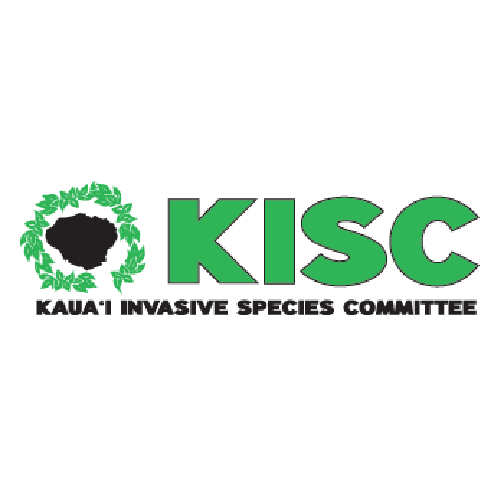Family: Poaceae
Anthoxanthum nitens (vanilla grass) is a perennial bunchgrass valued for its sweet, vanilla-like fragrance, especially when dried. Native to northern North America and parts of Eurasia, it grows in moist meadows, tundra, and open woodlands. The grass forms low, tufted clumps with narrow leaves and slender flowering stalks topped by compact seed heads. Indigenous peoples have long used vanilla grass for ceremonial purposes, weaving, and as a natural fragrance. It is sometimes cultivated as an ornamental or for habitat restoration in cooler, moist climates.
In Hawaiʻi, Anthoxanthum nitens is not known to be naturalized, but it does possess some traits that warrant caution. It produces viable seed, can tolerate a wide range of climates, and is capable of spreading by both seed and root fragments. While it has not shown invasive behavior locally, these traits suggest it could establish under favorable conditions. Responsible cultivation and regular monitoring are recommended to prevent unintended spread, particularly near natural or sensitive ecosystems.
High Risk Traits:
- Broad climate and elevation tolerance
- Tolerates wide range of soil types and pH
- Grass family (Poaceae) - many invasive relatives
- Spreads aggressively via rhizomes and root fragments
- Apomictic - reproduces without fertilization
- Fast regeneration (≤1 year to maturity)
- Intentionally dispersed by humans for multiple uses
- Benefits from fire and disturbance
- Documented as garden/disturbance weed
- Congeneric species are invasive
Low Risk Traits:
- Unsuitable for tropical/subtropical climates
- Not a significant agricultural/environmental weed
- No spines, thorns, or burrs
- Non-toxic to animals and humans
- Not a major pest host
- Low seed production and poor germination
- Limited unintentional dispersal mechanisms




